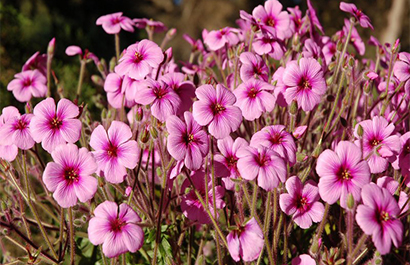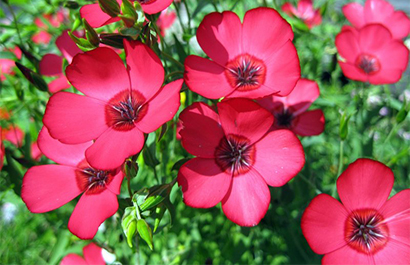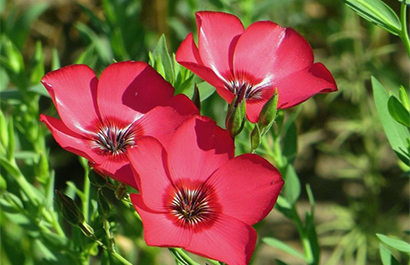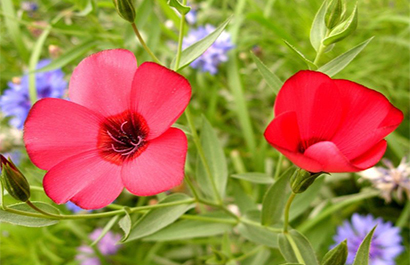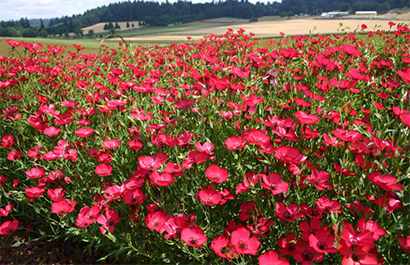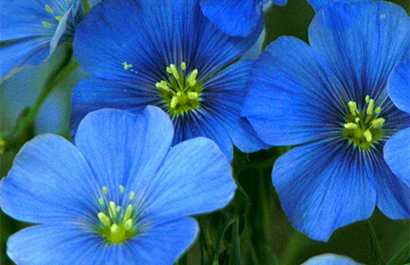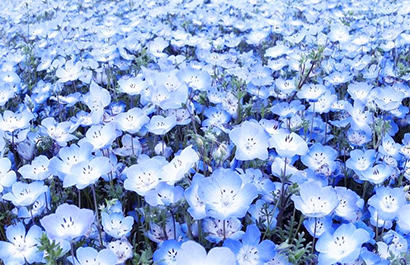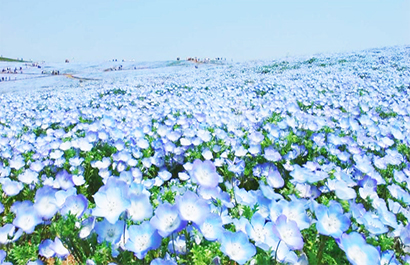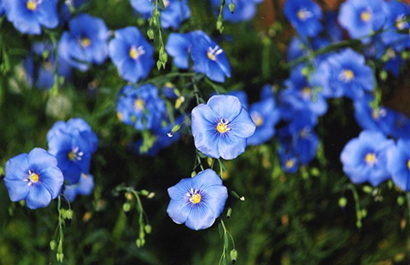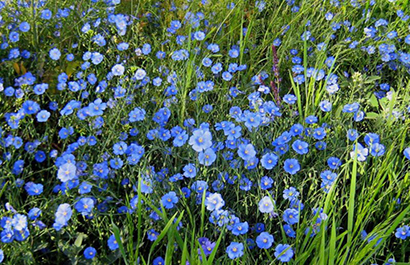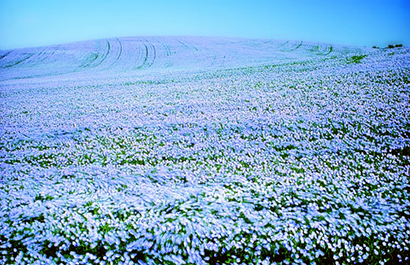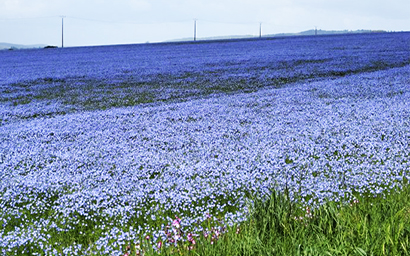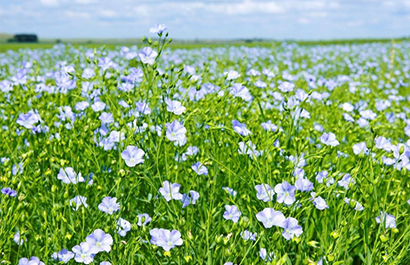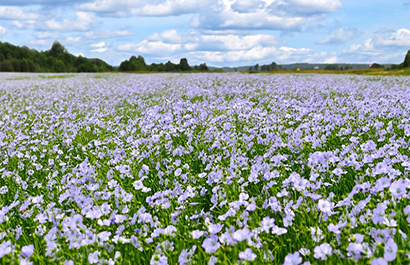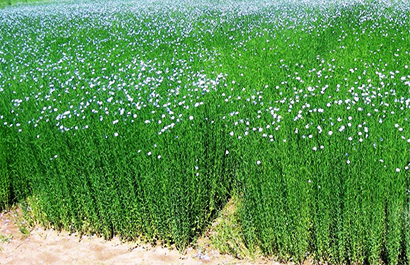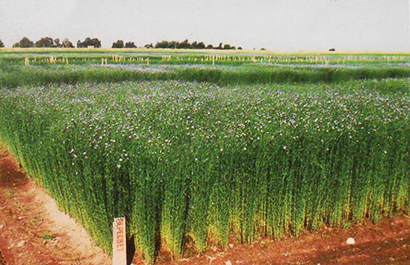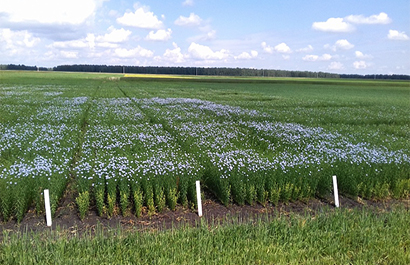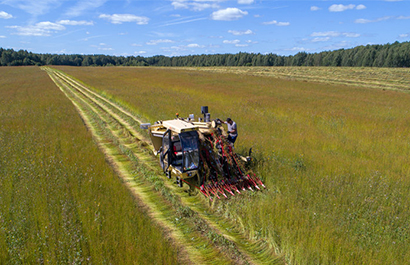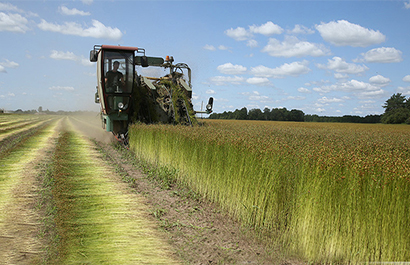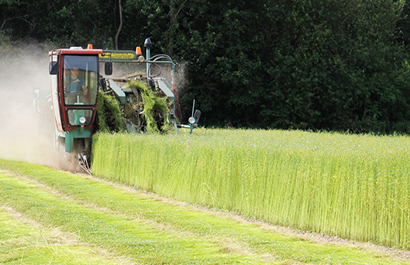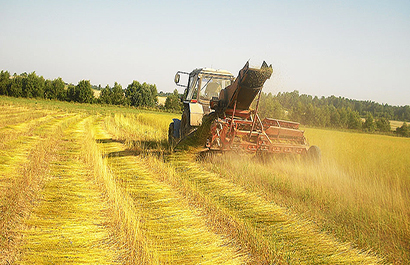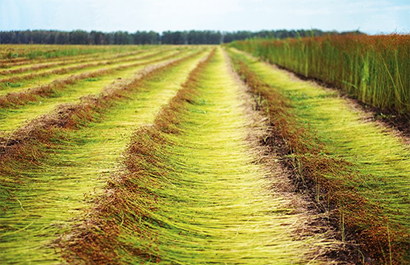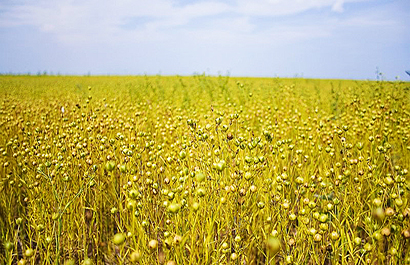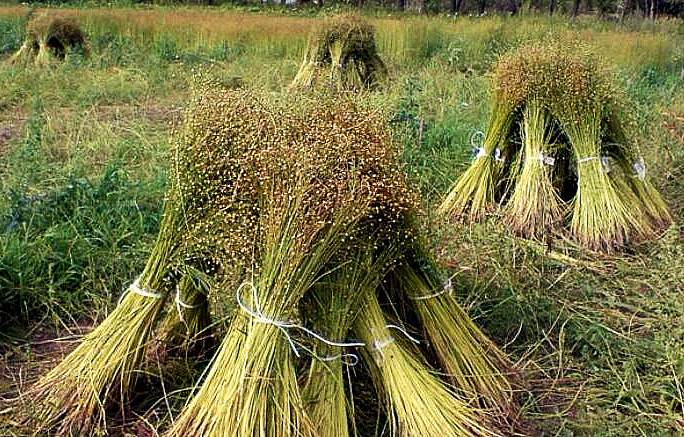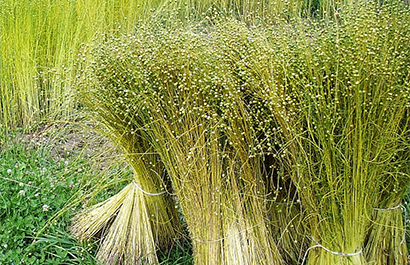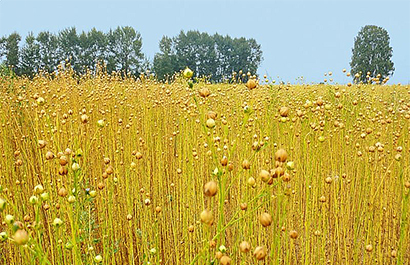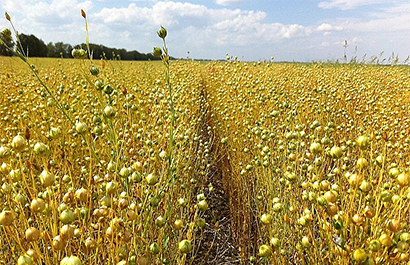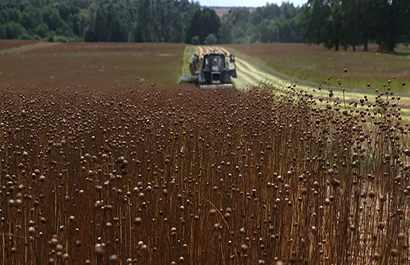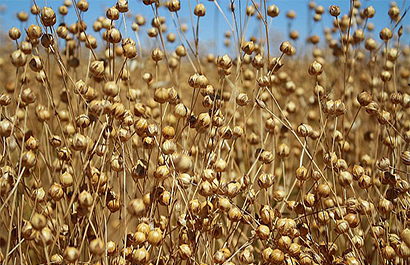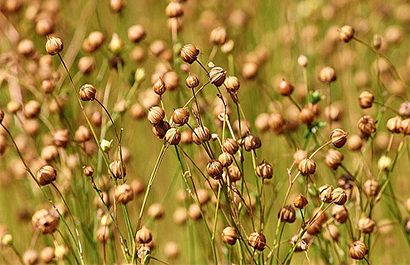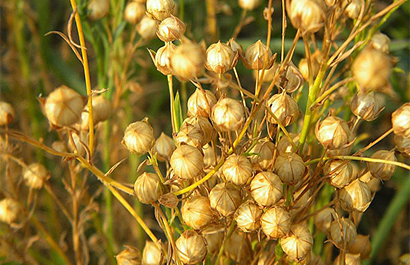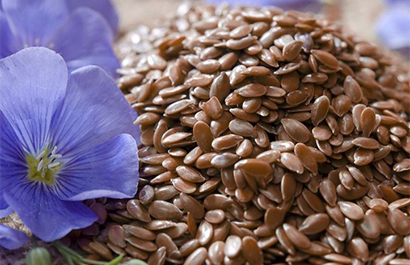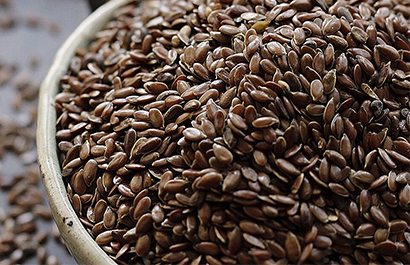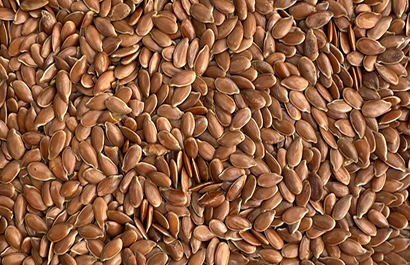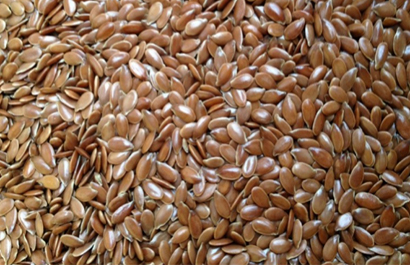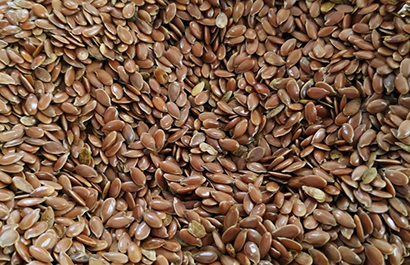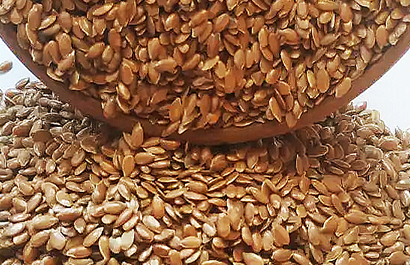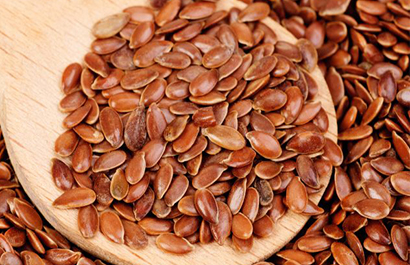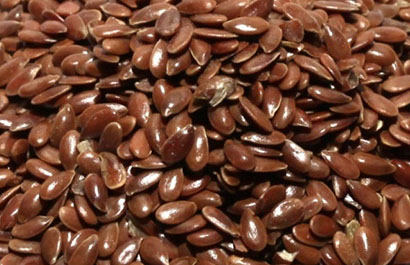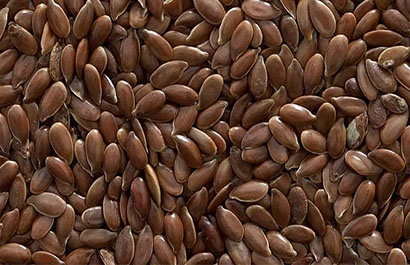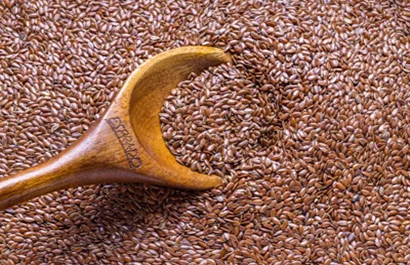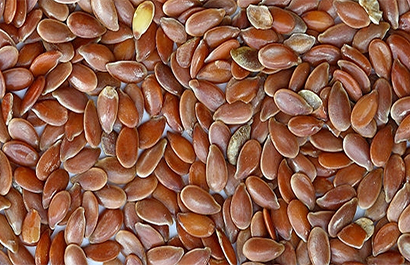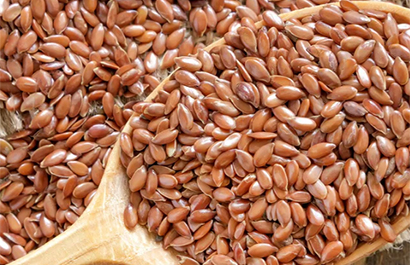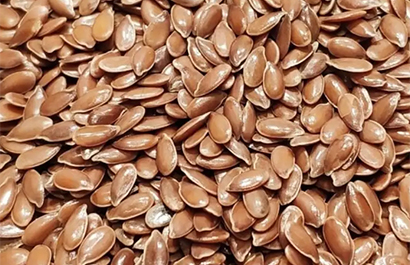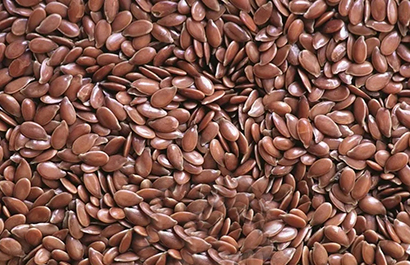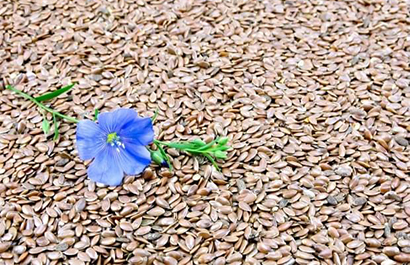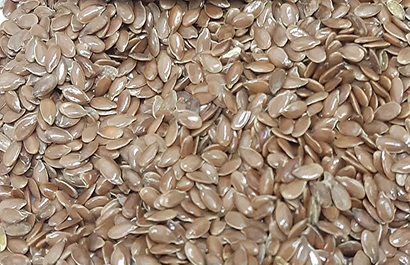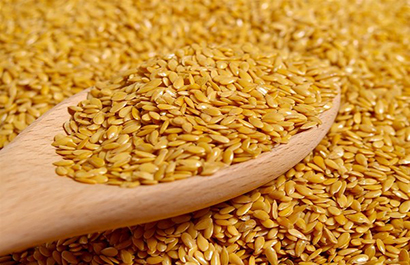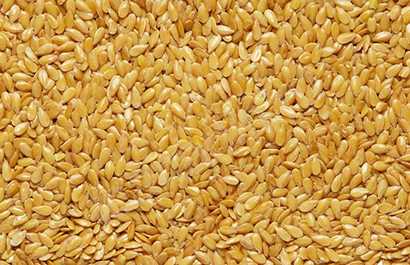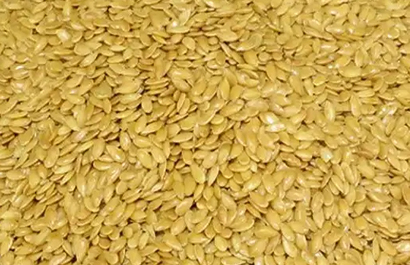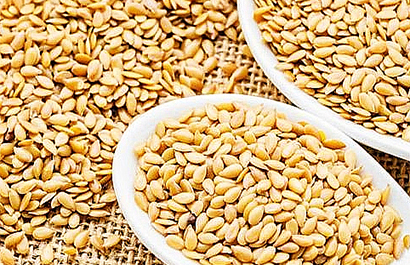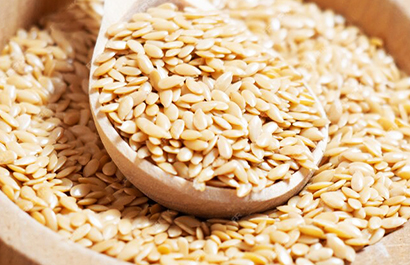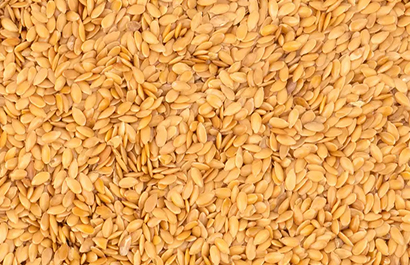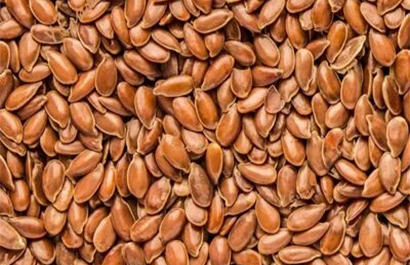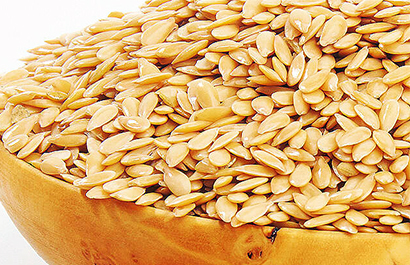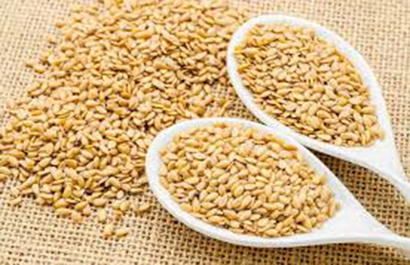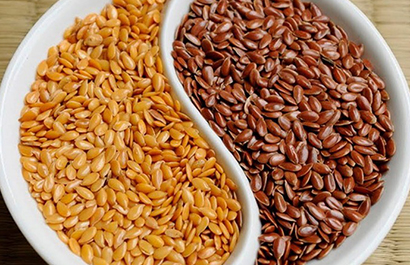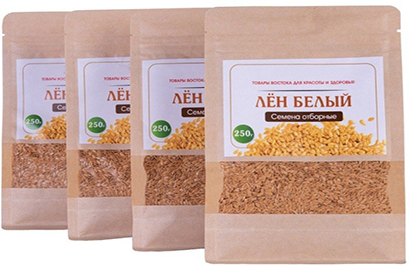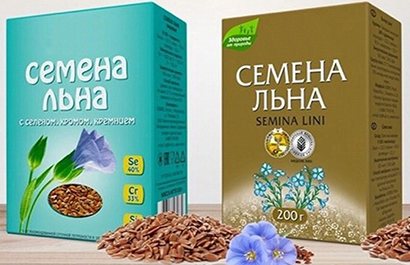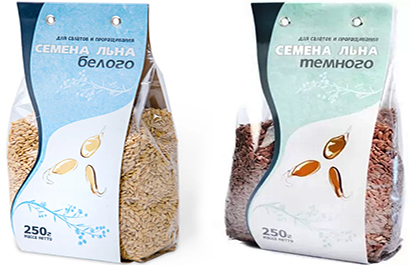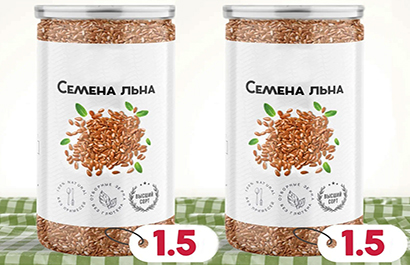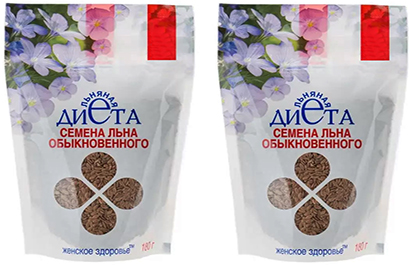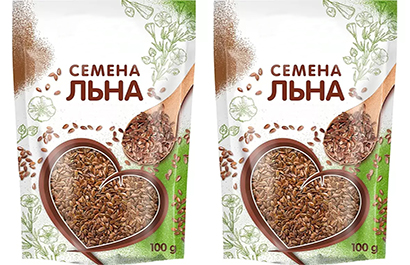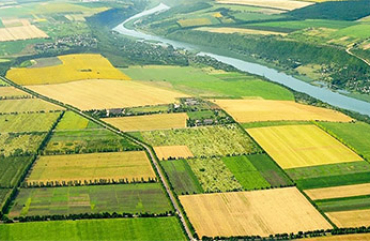Linen Seeds
- Agriculture
- Our Elevators
- Our Certificates
- Our Diplomas
- Organic certification
- European Certification
- Halal Certification
- Wheat - Wheat flour - Mills
- Buckwheat - Buckwheat flour
- Linen Seeds
- Corn – Сorn flour
- Oats – Oat flour
- Rye – Rye flour
- Barley – Barley flour
- Sunflower seed
- Chickpeas, Peas – Pea flour
- Beans
- Soybean seeds
- Pumpkin seeds
- Rape seeds
- Sugar beet pulp
- Beer pellets
- Meal for animal feed
- Production plant L-lysine, Gluten, Alcohol, DDGS, CO2
- Sugar Factory
- Oil Extraction Factory
- Rice Processing Plant
- Milk Powder Production Plant
- Meat Processing Plants
- Fruit Storages
- Bioproducts Plant
- Malt plant
- Cheese production plant
- Aquaculture feed production plant
- Cold Storage and Meat Processing Plants
- Cattle - meat beef
- Pig breed - Pork meat
- Sheep breeds - lamb meat
- Poultry meat
- Chicken egg
- Quail
- African chicken, cisar hen
- Geese meat
- Our beegarden
- Honey
- Bee products
- Gardens
- Containers, packaging and calibration
- Factory for the production of juices and tomato paste.
- Quince
- Pear
- Peaches
- Plum
- Cherry
- Apples
- Apricot
- Berries
- Grape
- Figs
- Mulberry
- Nuts
- Almond
- Watermelon cultivation technology
- Melons
- Transportation
Linen Seeds
Our holding specializes in cultivating four distinct varieties of flax: flax dolgunets, curly flax, mezheumok flax, and creeping flax, carefully selected from a pool of one hundred existing species. These exceptional varieties thrive in the fertile lands of Stavropol, Krasnodar, and Rostov, where our holding meticulously oversees every stage of cultivation.
Flax, a unique industrial crop, yields two valuable products simultaneously: fiber for the textile and construction industries and seeds from which precious linseed oil is extracted. Although our holding has been successfully growing flax for only the second year, it already demonstrates a high level of expertise. The primary focus of flax cultivation is not merely to obtain fiber but to harvest seeds.
Flax, an ancient plant, provides fiber for various industries, including textiles and construction. Additionally, flax seeds are cold pressed to extract valuable flaxseed oil, utilized in diverse fields.
Cold-pressed flaxseed oil is a prized product employed in the food industry, for medical purposes, and in technical applications such as varnishes, paints, and drying oils. Artists frequently use linseed oil in their creations. Flax products, such as flax meal and chaff, serve as feed for a variety of animals, including dairy cattle, cattle, swine, and poultry. Flaxseeds are also used to produce flaxseed flour for culinary purposes.
Laboratory studies confirm that flaxseed oil is low in fiber and rich in polyunsaturated fatty acids, making it an ideal choice for dressing vegetable salads. Medical perspectives on flax emphasize its positive effects on the cardiovascular system, digestive system, and blood sugar levels. Flax seeds reduce bad cholesterol, boost immunity, alleviate inflammation, promote wound healing, and normalize heartbeat and blood pressure.
Flax seeds are a valuable source of oil used to produce linolenic acid, omega 3, and other pharmaceuticals in the medical industry. Additionally, flaxseed oil and mucus find widespread use in cosmetology for creating nourishing masks.
Flax fibers are utilized in technical oils, varnishes, and drying oils, while the cellulose parts of the stems contribute to papermaking, construction, thermal insulation, and the worsted industry.
Economically, flax cultivation presents compelling features. Notably, its productivity stands out as the most productive early spring type of oilseed crop, with a yield potential exceeding 35 centners per hectare. The short growing season minimizes natural risks of crop failure and enables the enterprise to generate cash revenue from flax sales. With early sowing dates in April and late March, a short growing season (up to 90 days), and the absence of common pathogenic situations for oil flax, it serves as a suitable predecessor for various agricultural crops, including winter wheat. All these features are carefully considered in our cultivation practices.
